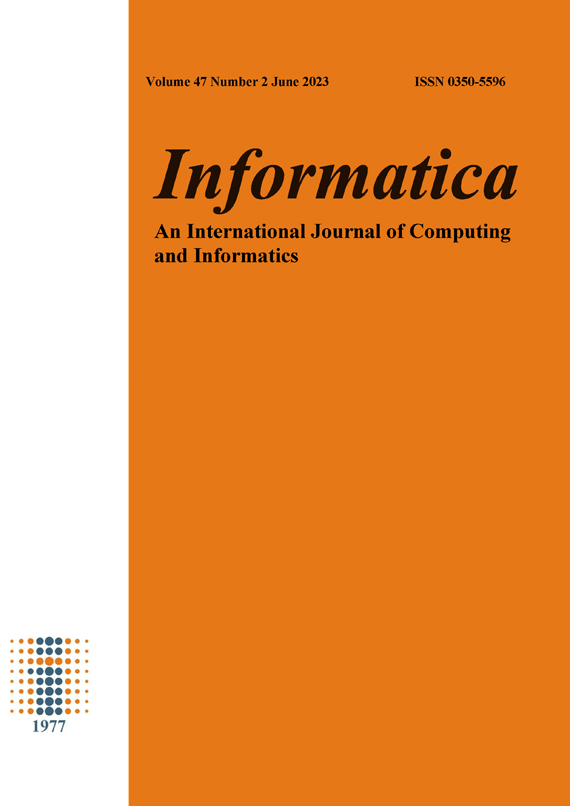Improved Genetic Algorithm in Multi-objective Cargo Logistics Loading and Distribution
DOI:
https://doi.org/10.31449/inf.v47i2.3958Abstract
In order to solve the problem of material distribution path planning in production workshop, this paper proposes a research on multi-objective cargo logistics loading and distribution based on improved genetic algorithm. This paper improves the genetic algorithm to solve the problem (P), that is, the evolution mode based on genetic algorithm draws lessons from the coding mode of genetic algorithm, and uses the row insertion method to obtain the initial population. In the crossover operation, the narrow gene similarity is used to distinguish the chromosome similarity, and the double variation rate is added to the mutation operation in the evolution process. The basic parameters of genetic algorithm are improved and the population size pop is taken_ size = 100, number of iterations Max_ gen = 200, selection probability = 0.8, crossover probability = 0.8, double mutation probability Local_ Pm = 0.1 and Global_ Pm=0.2。 Matlab simulation is used to calculate under different weight settings. When = 1, the improved genetic algorithm shows a stable downward trend after 30 generations and converges to 55 generations; However, the convergence speed of traditional genetic algorithm is very slow in the middle and late stage, and it does not begin to converge until generation 126. When = 1, the improved genetic algorithm basically has no fluctuation. From the whole image, we can see the downward trend of the two, that is, the connection between the starting point and the convergence point. The slope of the improved genetic algorithm is significantly greater than that of the traditional genetic algorithm. When = 1, the convergence speed of the improved genetic algorithm is fast, and it shows a stable upward trend with the increase of the number of iterations. Obviously, the improved genetic algorithm is better than the traditional genetic algorithm.
Downloads
Published
Issue
Section
License
I assign to Informatica, An International Journal of Computing and Informatics ("Journal") the copyright in the manuscript identified above and any additional material (figures, tables, illustrations, software or other information intended for publication) submitted as part of or as a supplement to the manuscript ("Paper") in all forms and media throughout the world, in all languages, for the full term of copyright, effective when and if the article is accepted for publication. This transfer includes the right to reproduce and/or to distribute the Paper to other journals or digital libraries in electronic and online forms and systems.
I understand that I retain the rights to use the pre-prints, off-prints, accepted manuscript and published journal Paper for personal use, scholarly purposes and internal institutional use.
In certain cases, I can ask for retaining the publishing rights of the Paper. The Journal can permit or deny the request for publishing rights, to which I fully agree.
I declare that the submitted Paper is original, has been written by the stated authors and has not been published elsewhere nor is currently being considered for publication by any other journal and will not be submitted for such review while under review by this Journal. The Paper contains no material that violates proprietary rights of any other person or entity. I have obtained written permission from copyright owners for any excerpts from copyrighted works that are included and have credited the sources in my article. I have informed the co-author(s) of the terms of this publishing agreement.
Copyright © Slovenian Society Informatika








